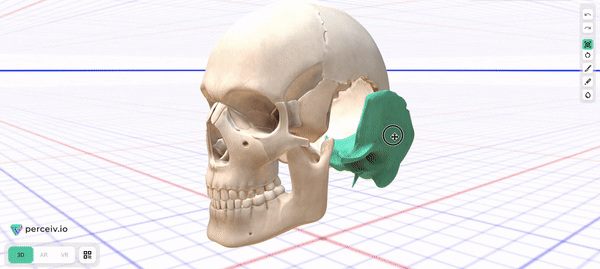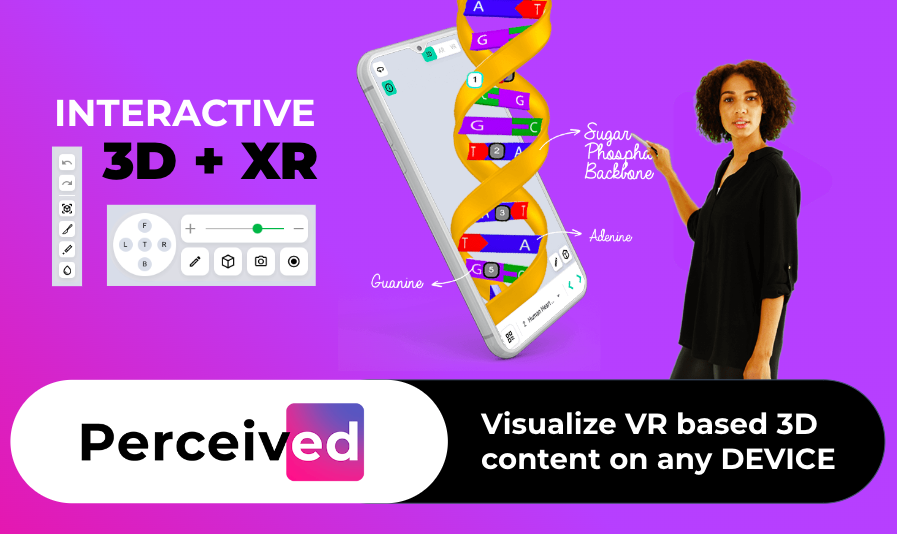What if we had a 3D animated video playable on any device with the ability to interact with the 3D graphics we do in VR using the controller?
I remember talking to one teacher in Bengaluru about how videos lack Interactivity and are not sufficient enough for students to give deeper engagement and understanding of concepts. VR, on the other hand, has a great potential to engage and deliver at higher cognitive levels but the dependency lies on high-end devices and controllers which are expensive and have health issues associated with them. So here is an idea, imagine what if we had a 3D animated video that could be played on any device and allowed learners with object interaction and manipulation, locomotion and movement in the environment, gesture recognition and input using touch, it would have a significant impact on students education and learning.
Firstly, such a technology would be highly accessible and convenient for learners, as they could access the content from any device, such as a smartphone, tablet, or computer. This would make it easier for learners to engage with the material at their own pace and on their own schedule, without the need for specialized hardware or software.
Secondly, the ability to interact with 3D content in such a way would provide a more engaging and immersive learning experience than traditional 2D videos. By using a controller to manipulate and explore the 3D graphics, learners could gain a deeper understanding of the subject matter and develop a stronger sense of presence within the content. This level of interactivity would help to keep learners engaged and motivated, ultimately leading to better learning outcomes.
Thirdly, 3D animated videos with interactive capabilities would allow for more personalized and adaptive learning experiences. For example, learners could be given different tasks to complete or scenarios to explore, depending on their level of knowledge and understanding of the subject matter. This would help to ensure that learners are challenged appropriately and that they are able to progress at their own pace.
Finally, the ability to interact with 3D content in this way would enable learners to gain practical experience with complex concepts or scenarios that may be difficult to replicate in real life. For example, learners could explore a virtual laboratory or engineering project, allowing them to gain hands-on experience with the material in a safe and controlled environment.

PerceivED, has built first of its kind 3D animated video with interactive capabilities that would have a significant impact on education and learning by providing a more engaging, personalized, and practical learning experience for learners of all ages and abilities. In conclusion, technology has the potential to revolutionize the way we learn by providing more engaging, interactive, and immersive learning experiences. While traditional video content has limitations in terms of interactivity and engagement, virtual reality and 3D animation with interactive capabilities can provide learners with a deeper understanding of the subject matter and a more practical learning experience.
By allowing learners to explore complex concepts from different perspectives and interact with the subject matter in a more engaging way, this technology has the potential to improve learning outcomes and make education more accessible and convenient for learners of all ages and abilities.
Overall, as technology continues to evolve and improve, we can expect to see more innovative and effective learning solutions that utilize 3D animation, virtual reality, and interactive capabilities to create a more personalized and engaging learning experience for learners around the world.

#video #technology #engagement #learning #vrexperience #hybridlearning #personalizedlearning #VR #3danimation #classroom3.0 #education3.0

